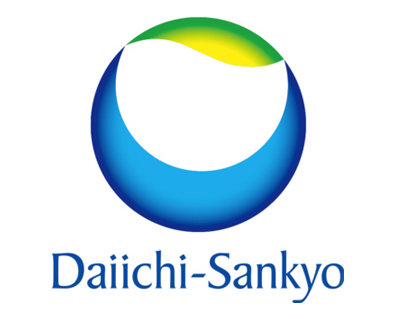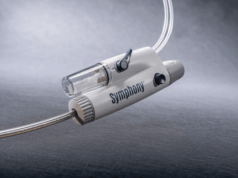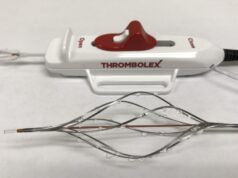 Daiichi Sanyoko has announced the results from their Hokusai-VTE CANCER trial evaluating the direct oral anticoagulant edoxaban for treatment of venous thromboembolism (VTE) in cancer patients.
Daiichi Sanyoko has announced the results from their Hokusai-VTE CANCER trial evaluating the direct oral anticoagulant edoxaban for treatment of venous thromboembolism (VTE) in cancer patients.
The Hokusai-VTE CANCER study is a phase 3b, prospective, randomised, open-label, blind end-point study comparing the anticoagulant with low molecular weight heparin drug dalteparin in VTE associated with primarily active cancer.
Daiichi Sankyo announced results showing that edoxaban proved non-inferior to subcutaneous injectable dalteparin. The study results were simultaneously published in the New England Journal of Medicine (NEJM) and presented during the late-breaker session at the American Society of Hematology annual meeting (ASH; 8-12 December 2017, Atlanta, USA).
The Hokusai-VTE CANCER study met the primary objective of non-inferiority of edoxaban for the composite outcome of first recurrent VTE or major bleeding (as defined by the International Society on Thrombosis and Haemostasis) during a 12-month study period, which occurred in 67 of 522 patients (12.8%) in the edoxaban group compared with 71 of 524 patients (13.5%) in the dalteparin group (hazard ratio with edoxaban, 0.97; 95% CI, 0.70 to 1.36; P=0.006 for non-inferiority) for a risk difference (edoxaban minus dalteparin) of -0.7% (95% CI, -4.8 to 3.4). The difference in risk for recurrent VTE was -3.4% (95% CI, -7.0 to 0.2) whereas the corresponding difference in risk for major bleeding was 2.9% (95% CI, 0.1 to 5.6).
The frequencies of severe major bleeding events at presentation (categories 3 and 4) were similar during treatment with edoxaban or dalteparin (12 patients in each group, respectively). There was no fatal bleed in the edoxaban group versus two fatal bleedings in the dalteparin arm.
The study also met the secondary outcome of event-free survival (free of recurrent VTE, major bleeds or death) at 12 months, and rates were similar between edoxaban and dalteparin (55.0% and 56.5%, respectively). The trial was a PROBE design study and included a broad spectrum of patients (n=1,050) with primarily active cancer; (98%), 53% of which had metastatic cancer and 72% of which were receiving cancer therapy at randomisation.
“Cancer patients have a significantly increased risk of VTE, and are a high-risk population since 82% of patients have one or more pre-specified bleeding risk factors,” said co-principal study investigator Harry Büller, from the Department of Vascular Medicine at Academic Medical Center, Amsterdam, The Netherlands. “We saw a lower rate of recurrent VTE with edoxaban compared to dalteparin over the one-year study period. In addition, in the edoxaban arm, we saw no bleeding fatalities and similar severity of clinical presentation of major bleeding events compared to dalteparin. The risk for VTE persists beyond six months for cancer patients, therefore, the study duration of 12 months enabled the evaluation of edoxaban over a longer time period.”
VTE includes both deep vein thrombosis (DVT) and pulmonary embolism and is the second leading cause of death in cancer patients receiving chemotherapy. The treatment of cancer-associated VTE is challenging because these patients are at increased risk of both recurrent VTE and major bleeding. The occurrence of VTE increases the risk of death 2-6-fold in cancer patients and can interrupt cancer treatment.









